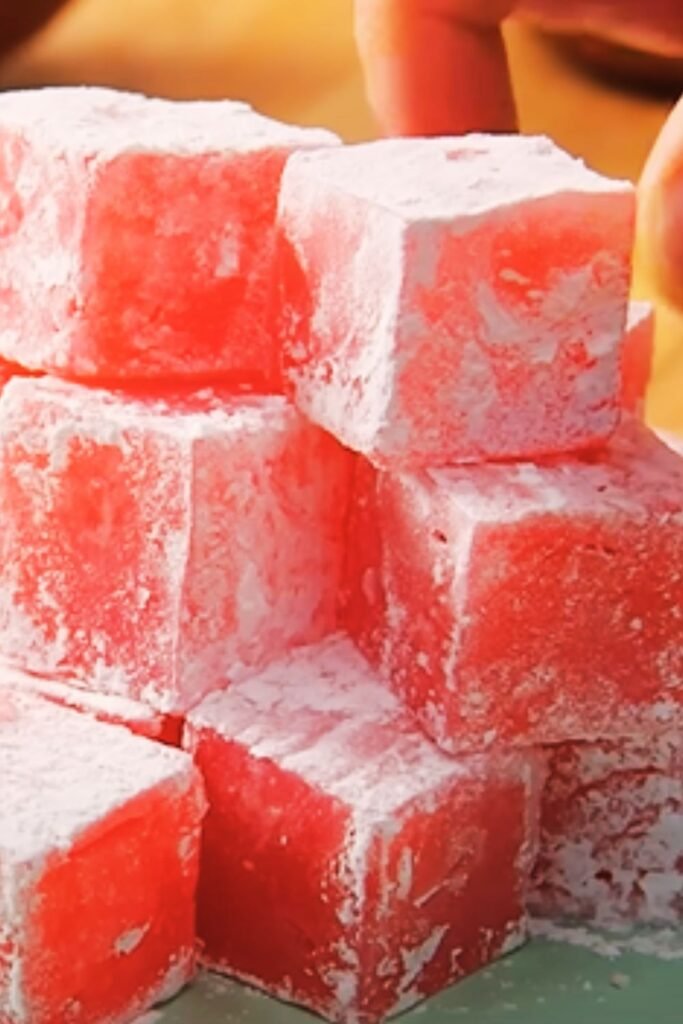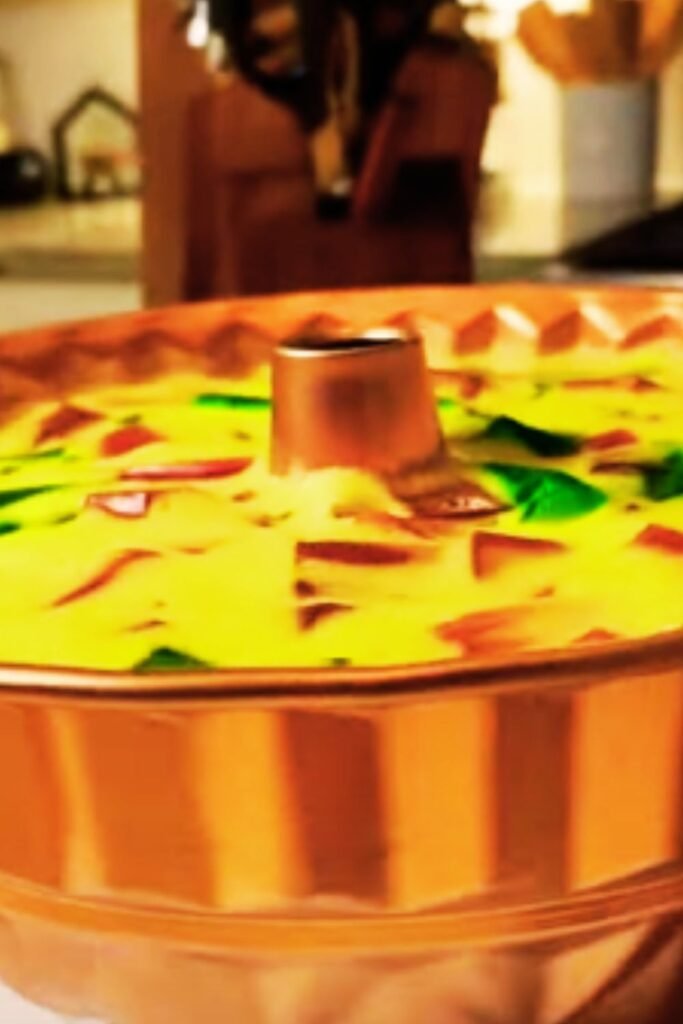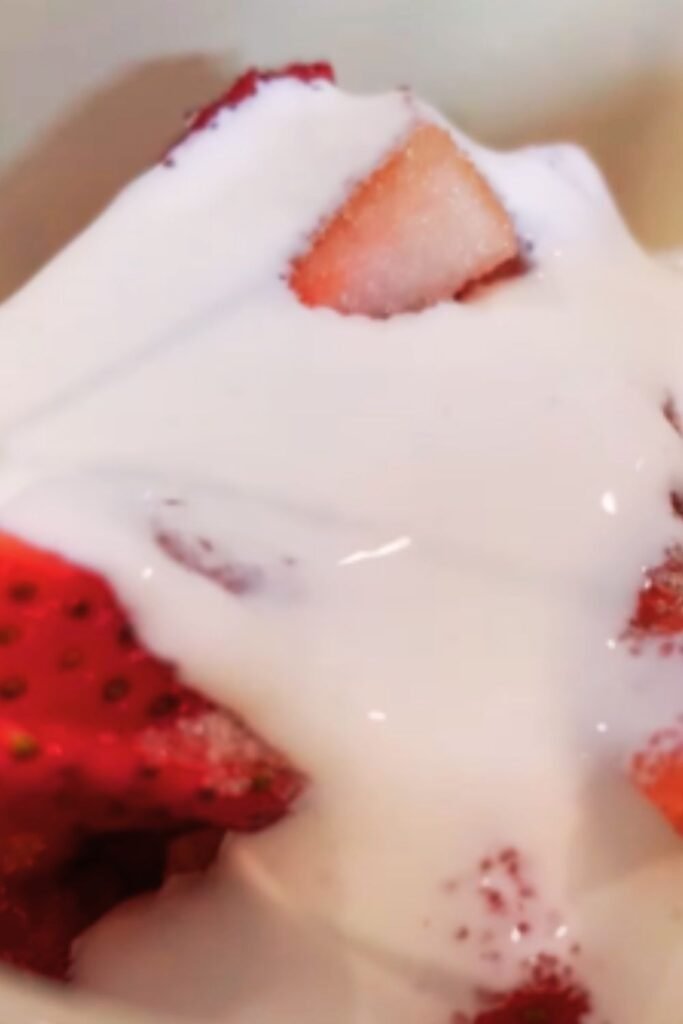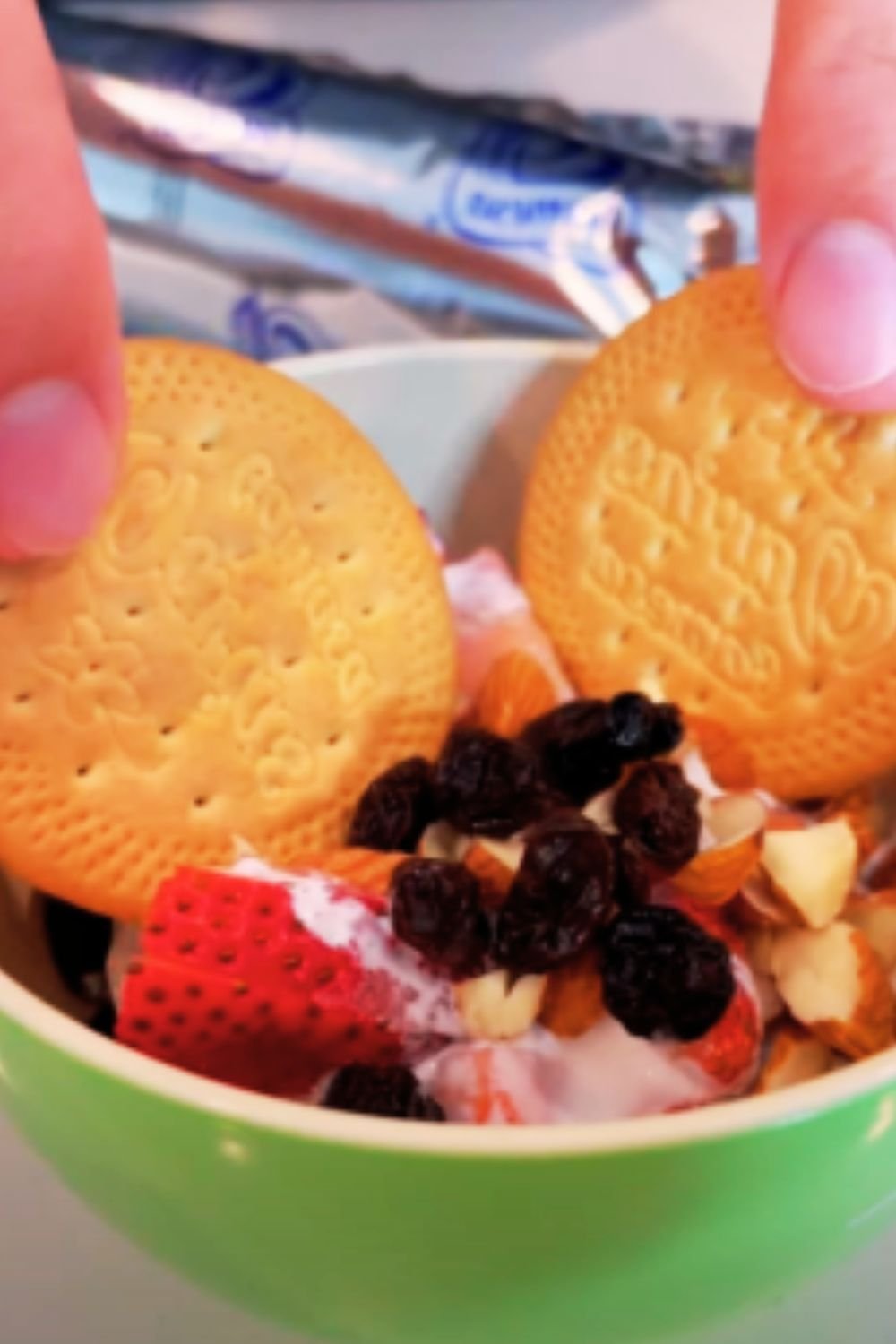I’ve spent countless hours in my kitchen experimenting with traditional Mexican desserts, and let me tell you – these sweet treats have completely transformed my dessert game. From the moment I first tasted authentic churros in a small Mexico City café to recreating my grandmother’s tres leches cake recipe, Mexican desserts have become my absolute obsession.
Mexican cuisine isn’t just about tacos and salsas. The dessert tradition runs deep, with recipes passed down through generations, each carrying stories of family gatherings, celebrations, and pure culinary artistry. Today, I’m sharing twelve incredible Mexican desserts that have become staples in my home – and I guarantee they’ll become favorites in yours too.
The Sweet Heritage of Mexican Desserts
Mexican desserts represent a beautiful fusion of indigenous ingredients and Spanish colonial influences. When Spanish conquistadors arrived in the Americas, they brought sugar, dairy, and wheat flour, which combined magnificently with native ingredients like chocolate, vanilla, and various tropical fruits.
What makes Mexican desserts truly special is their use of distinctive ingredients that create complex, layered flavors. Cinnamon appears in almost every recipe, while vanilla – originally from Mexico – adds depth that commercial extracts simply can’t match.
Essential Mexican Dessert Ingredients
Before diving into specific recipes, let me share the key ingredients that appear repeatedly in Mexican dessert making:
Dulce de Leche: This caramelized milk confection serves as both filling and topping Mexican Vanilla: Far superior to imitation vanilla, it provides rich, complex flavors Cinnamon (Canela): Mexican cinnamon is sweeter and more delicate than cassia Piloncillo: Unrefined brown sugar that adds molasses-like depth Mexican Chocolate: Contains cinnamon and sometimes almonds Condensed Milk: Creates incredibly rich, creamy textures Heavy Cream: Essential for achieving proper consistency in many recipes
1. Tres Leches Cake (Pastel de Tres Leches)
This sponge cake soaked in three different types of milk has become my signature dessert for special occasions. The combination of evaporated milk, condensed milk, and heavy cream creates an incredibly moist, almost custardy texture that melts in your mouth.
My secret lies in the timing – I always prepare this cake a day ahead, allowing the milk mixture to fully penetrate every corner of the sponge. The result is a dessert that’s impossibly rich yet surprisingly light.
Preparation Details:
- Prep Time: 45 minutes
- Chill Time: 4-24 hours
- Serving: 12 portions
- Difficulty: Intermediate
The key to perfect tres leches is achieving the right balance in your milk mixture. I use a 1:1:1 ratio of each milk type, with a splash of vanilla extract and a pinch of cinnamon.
2. Churros with Chocolate Dipping Sauce
Nothing beats the aroma of fresh churros frying in my kitchen. These golden, crispy pastries rolled in cinnamon sugar transport me straight to Mexican street markets every single time.

The secret to perfect churros lies in the dough consistency and oil temperature. I always heat my oil to exactly 375°F and pipe the dough directly into the hot oil for the crispiest exterior.
Essential Equipment:
- Large star tip piping bag
- Deep thermometer
- Long-handled tongs
- Paper towels for draining
My chocolate dipping sauce combines Mexican chocolate with heavy cream and a touch of cayenne pepper for subtle heat that complements the sweet churros perfectly.
3. Flan (Crème Caramel)
Flan represents the pinnacle of Mexican dessert elegance. This silky custard topped with golden caramel has graced my dinner table for countless celebrations, and I’ve never had a guest who didn’t ask for the recipe.
The caramel requires patience and attention – I cook my sugar slowly until it reaches that perfect amber color, then immediately pour it into my ramekins before it hardens.
Caramel Sugar Stages:
- Thread Stage: 230-235°F
- Soft Ball: 235-240°F
- Hard Crack: 300-310°F (perfect for flan caramel)
My custard base combines whole eggs, egg yolks, condensed milk, evaporated milk, and vanilla. The water bath method ensures even, gentle cooking that prevents curdling.
4. Arroz con Leche (Mexican Rice Pudding)
This creamy rice pudding has become my go-to comfort dessert. Unlike traditional rice puddings, the Mexican version incorporates cinnamon sticks during cooking and gets finished with a sprinkle of ground cinnamon.
I always use whole milk and cook the rice low and slow, stirring frequently to prevent sticking. The result is incredibly creamy rice with individual grains that hold their shape.
Rice Varieties That Work Best:
- Arborio: Creates extra creamy texture
- Short-grain white rice: Traditional choice
- Jasmine rice: Adds subtle floral notes
The secret ingredient in my arroz con leche is a small piece of lime zest added during cooking, which brightens the entire dish without making it citrusy.
5. Sopapillas
These puffy, golden pillows of fried dough have become my family’s favorite dessert for casual gatherings. Light as air and perfectly crispy, sopapillas are incredible served warm with honey or stuffed with various sweet fillings.

The dough requires careful handling – I roll it thin but not too thin, as the sopapillas need enough structure to puff properly when they hit the hot oil.
Dough Preparation Tips:
- Rest Time: 30 minutes minimum
- Rolling Thickness: 1/8 inch
- Oil Temperature: 375°F
- Frying Time: 2-3 minutes per side
I love serving sopapillas with different accompaniments – honey butter, cinnamon sugar, or even ice cream for an indulgent treat.
6. Polvorones (Mexican Wedding Cookies)
These melt-in-your-mouth cookies get their name from “polvo,” meaning powder, referring to their incredibly tender, crumbly texture. My version incorporates toasted pecans, which add wonderful depth and authentic Mexican flavor.
The key to perfect polvorones is not overworking the dough and using plenty of powdered sugar both in the dough and for rolling the finished cookies.
7. Capirotada (Mexican Bread Pudding)
This traditional Lenten dessert transforms day-old bread into something extraordinary. Layers of bread, cheese, nuts, and raisins get soaked in a spiced piloncillo syrup that creates complex, warming flavors.
Traditional Capirotada Layers:
- Bread: French bread or bolillos, toasted
- Cheese: Mild white cheese like Monterey Jack
- Nuts: Peanuts or pecans
- Dried Fruit: Raisins or dried apricots
- Syrup: Piloncillo, cinnamon, cloves
I prepare my syrup by slowly melting piloncillo with water, cinnamon sticks, and whole cloves until it reaches a light syrup consistency.
8. Dulce de Leche Cookies
These sandwich cookies filled with homemade dulce de leche have become my signature gift for friends and neighbors. The buttery cookies provide the perfect vessel for the rich, caramelized milk filling.
Making dulce de leche from scratch requires patience, but the results far exceed anything store-bought. I simmer sweetened condensed milk slowly until it transforms into golden, thick caramel.

9. Mexican Hot Chocolate Cookies
Inspired by traditional Mexican hot chocolate, these cookies incorporate cocoa powder, cinnamon, and a hint of cayenne pepper for subtle heat. The combination creates incredibly complex flavors that develop as you eat.
I roll the dough in cinnamon sugar before baking, which creates a beautiful crackled surface and adds extra spice notes.
10. Tres Leches Tiramisu Fusion
This creative fusion combines Italian tiramisu techniques with Mexican tres leches flavors. Ladyfinger cookies get soaked in coffee and tres leches mixture, then layered with mascarpone cream infused with Mexican vanilla.
The result bridges two dessert traditions beautifully, creating something familiar yet entirely new.
11. Mexican Chocolate Mousse
Rich Mexican chocolate combined with perfectly whipped cream creates an incredibly smooth, intensely flavored mousse. I add a touch of cinnamon and vanilla to complement the chocolate’s natural spice notes.
The key to perfect mousse is temperature control – I melt my chocolate gently and fold in the whipped cream when both components are at room temperature.
12. Bunuelos with Cinnamon Sugar
These crispy, paper-thin fritters represent Mexican dessert tradition at its finest. The dough gets rolled incredibly thin, then fried until golden and immediately dusted with cinnamon sugar.
Bunuelos Preparation Stages:
| Stage | Time | Temperature | Notes |
|---|---|---|---|
| Dough Rest | 2 hours | Room temp | Essential for gluten relaxation |
| Rolling | 15 minutes | – | Roll paper-thin for best results |
| Frying | 2-3 minutes | 375°F | Watch carefully to prevent burning |
| Dusting | Immediately | – | Sugar adheres best when hot |
Ingredient Sourcing and Substitutions
Finding authentic Mexican ingredients can be challenging, but I’ve discovered excellent alternatives that maintain recipe integrity:
Mexican Vanilla Substitutions:
- Pure vanilla extract with added vanilla bean paste
- Madagascar vanilla with a pinch of cinnamon
- Homemade vanilla extract using Mexican vanilla beans
Piloncillo Alternatives:
- Dark brown sugar with a tablespoon of molasses
- Coconut sugar for similar caramel notes
- Raw turbinado sugar
Mexican Chocolate Options:
- Semi-sweet chocolate with added cinnamon
- Cocoa powder with sugar and spices
- Quality dark chocolate with vanilla
Storage and Make-Ahead Tips
Most Mexican desserts actually improve with time, making them perfect for entertaining:
Tres Leches Cake: Best after 24 hours refrigerated Flan: Can be made 3 days ahead Arroz con Leche: Keeps 4-5 days refrigerated Cookies: Store airtight for up to one week
Nutritional Considerations
While these desserts are indulgent treats, I’ve found ways to make them slightly healthier without sacrificing flavor:
Lightening Techniques:
- Substitute half the heavy cream with whole milk
- Use Greek yogurt in place of some dairy
- Reduce sugar gradually in recipes to adjust palates
- Add fresh fruit for natural sweetness
Cultural Significance and Serving Traditions
Each dessert carries cultural weight beyond just taste. Tres leches cake appears at every major celebration, while flan represents elegance and special occasions. Understanding these traditions helps me serve desserts appropriately and share their stories with guests.
Seasonal Variations and Holiday Adaptations
Mexican desserts adapt beautifully to different seasons and holidays:
Summer Variations:
- Add fresh mango to tres leches
- Serve flan with berry compote
- Create frozen versions of traditional recipes
Holiday Adaptations:
- Incorporate seasonal spices like cardamom
- Add food coloring for festive presentations
- Create individual portions for parties
Advanced Techniques and Professional Tips
After years of making these desserts, I’ve developed techniques that consistently produce professional-quality results:
Temperature Control: Using an instant-read thermometer ensures perfect caramel and custards every time Timing: Most Mexican desserts benefit from advance preparation Quality Ingredients: Investing in real vanilla and quality chocolate makes a noticeable difference
Troubleshooting Common Problems
Even experienced bakers encounter issues. Here are solutions to common Mexican dessert problems:
Broken Flan Caramel: Usually caused by adding liquid too quickly to hot sugar Soggy Churros: Oil temperature too low or overcrowding the pan Grainy Dulce de Leche: Cooking temperature too high or insufficient stirring
Questions and Answers
Q: Can I make tres leches cake without heavy cream? I’ve successfully substituted evaporated milk for heavy cream in the tres leches mixture. While the texture becomes slightly less rich, the flavor remains authentic and delicious.
Q: How do I prevent my flan from curdling? The key is gentle heat and proper technique. Always use a water bath (bain-marie) and never let the water boil vigorously. I also strain my custard mixture before pouring to remove any lumps.
Q: What’s the secret to perfectly crispy churros? Oil temperature is crucial – I maintain exactly 375°F throughout frying. Also, pipe the dough directly into the oil rather than pre-forming the churros, which helps them hold their shape better.
Q: Can I prepare dulce de leche in advance? Absolutely! Homemade dulce de leche keeps in the refrigerator for up to two weeks. I often make large batches and use it for multiple desserts throughout the week.
Q: Why do my sopapillas not puff up? This usually happens when the dough is rolled too thin or the oil isn’t hot enough. Make sure your oil reaches 375°F and roll the dough to about 1/8-inch thickness.
Q: How can I tell when my caramel is ready for flan? The caramel should be deep amber colored and smell nutty, not burnt. It typically takes 8-10 minutes of cooking sugar over medium heat. Don’t stir – just swirl the pan occasionally.
Q: What’s the difference between Mexican and regular cinnamon? Mexican cinnamon (canela) is actually Ceylon cinnamon, which has a sweeter, more delicate flavor than the cassia cinnamon commonly found in US grocery stores. If you can’t find it, use regular cinnamon but reduce the quantity slightly.
Q: Can I freeze any of these desserts? Cookies and churros freeze beautifully. Tres leches cake and flan don’t freeze well due to their dairy content, but most other desserts can be frozen for up to three months with proper wrapping.
These twelve Mexican desserts have brought so much joy to my kitchen and dining table. Each recipe tells a story, carries tradition, and creates memories with every bite. Whether you’re planning a Mexican-themed dinner party or simply want to explore new flavors, these desserts will transport you and your guests straight to the heart of Mexico’s rich culinary heritage.
The beauty of Mexican desserts lies not just in their incredible flavors, but in their ability to bring people together. Every time I serve one of these treats, I’m reminded of the generous spirit of Mexican hospitality and the way food creates connections across cultures and generations.


